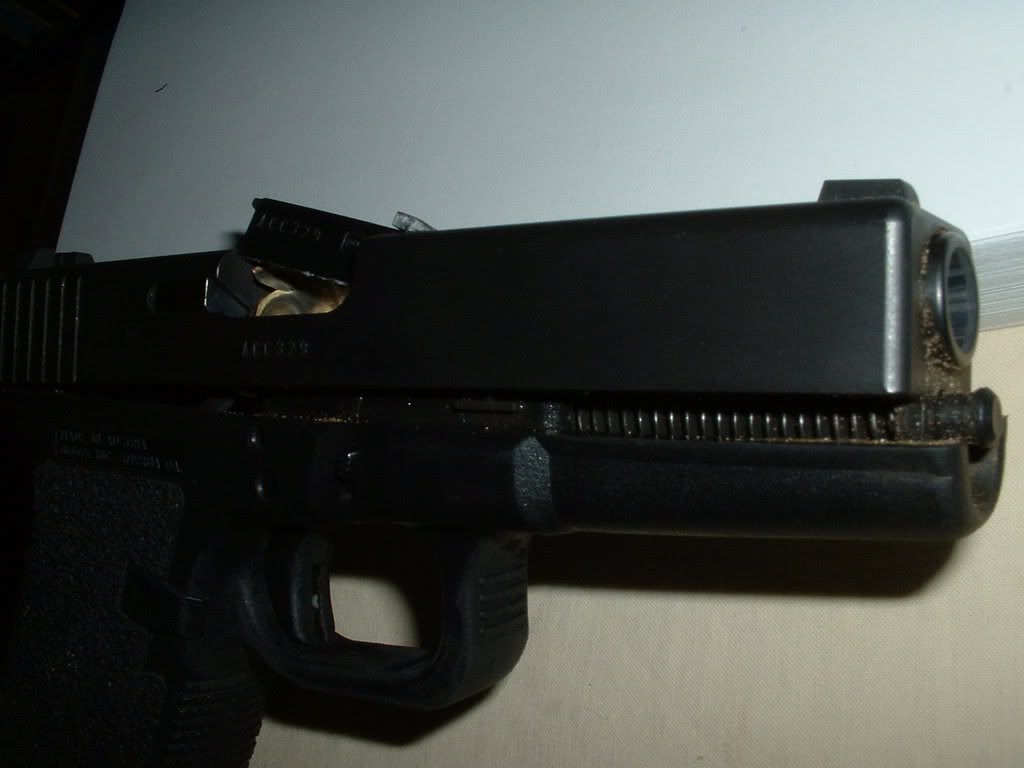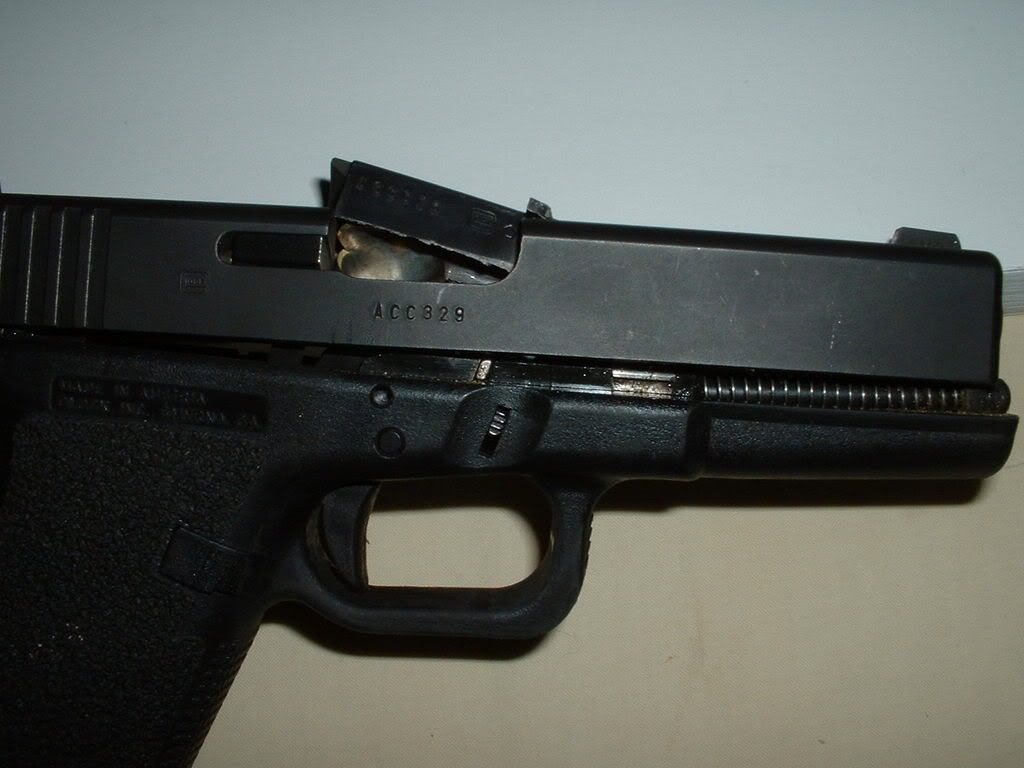Name a gun that won't KB if fired out of battery.
BHP. Specifically, one in .40 S&W firing handloaded 165 gr. Gold Sabres. The Black Pearl grip panels cracked and extractor went flying, but the gun was fine.
Double charges are no joke, but the gun should be able to digest ONE. Proof loads are way overpressure for a reason.
I'm one of those people that likes to push the limits, and many other handloaders have shaken their heads when I tell of some loads I've tested. But my all steel S&W and Tanfoglio autos have taken the punishment in stride.
If my experience in the automotive feild has proven anything, it is this: Steel parts will show signs of pending failure for some time, where polymers simply fail. Certainly steel can fail abruptly, but this happens at a much higher threshold than with polymer.
As for the arguement that a full-on KB in a steel gun is more devastating than a polymer one

. The polymer chunks will be less dangerous at distance because the lighter material slows down faster, but when your hand is wrapped around it, it doesn't much matter. Firecrackers are made of paper, and they've claimed many fingers.


